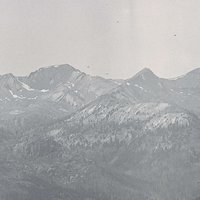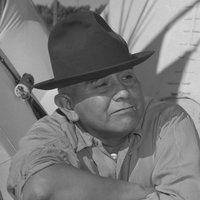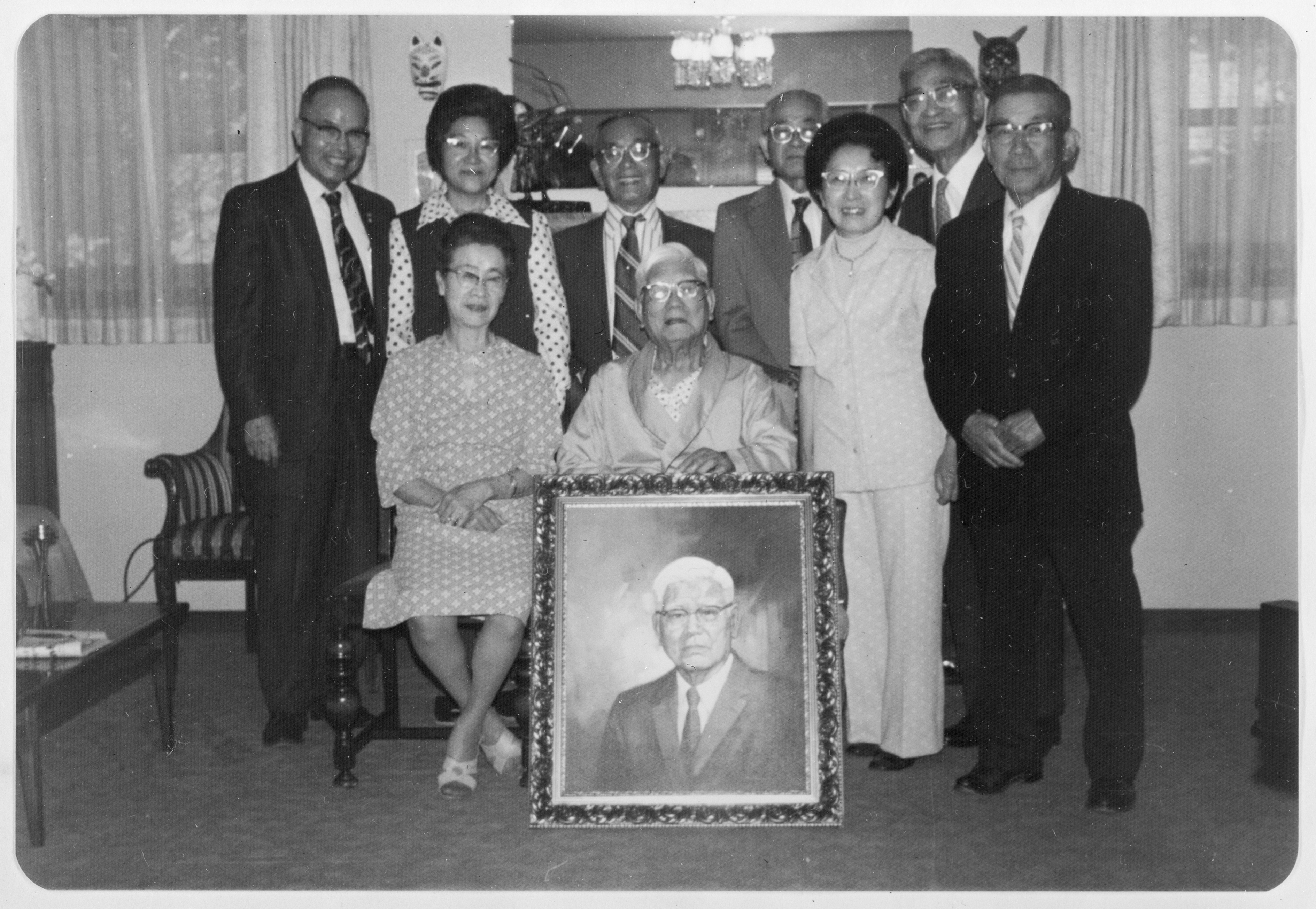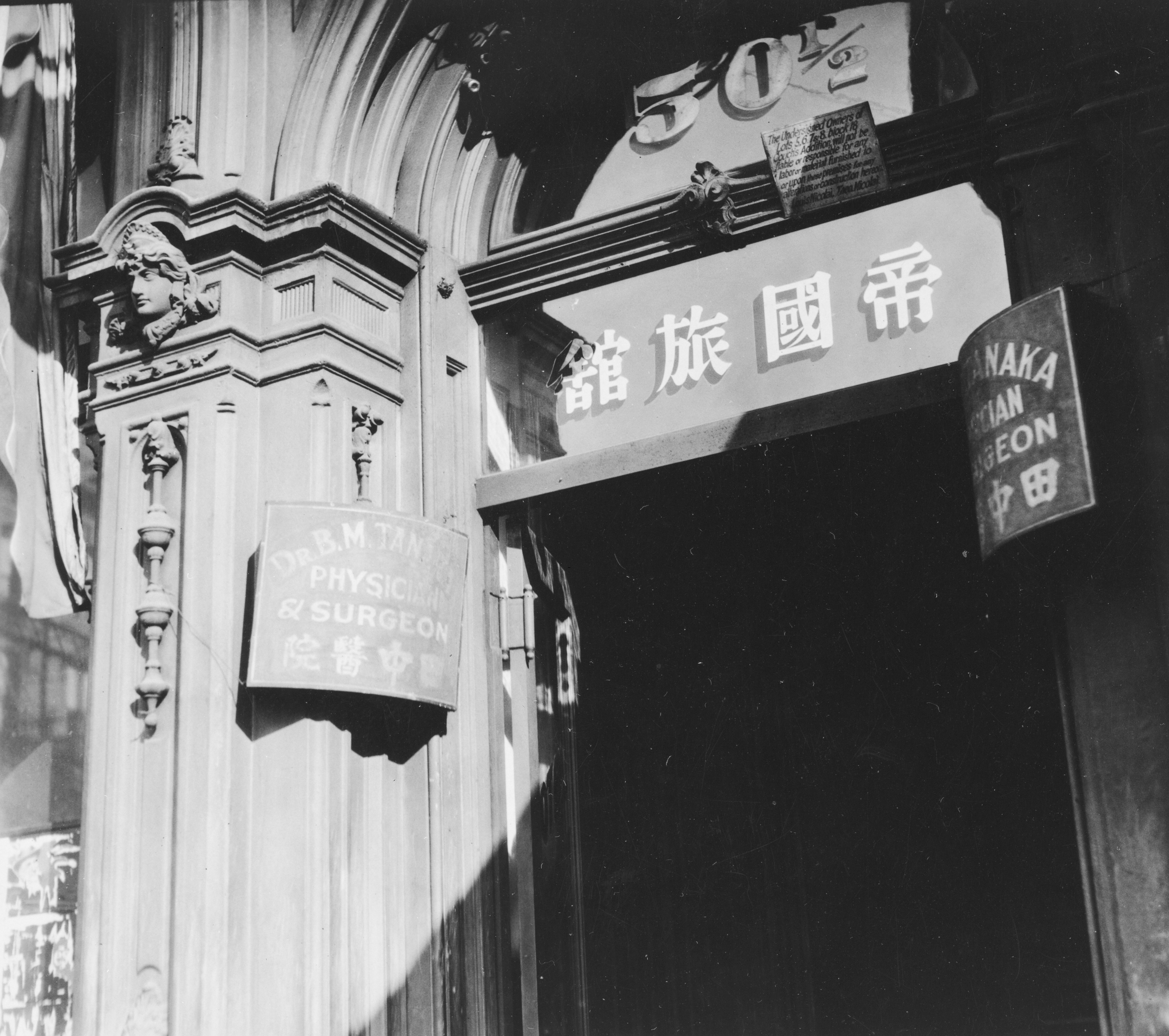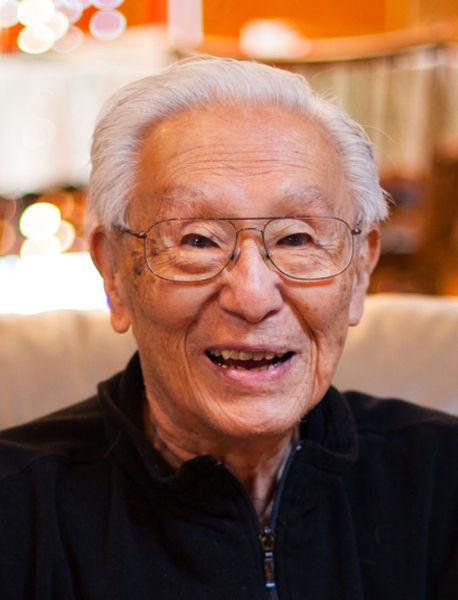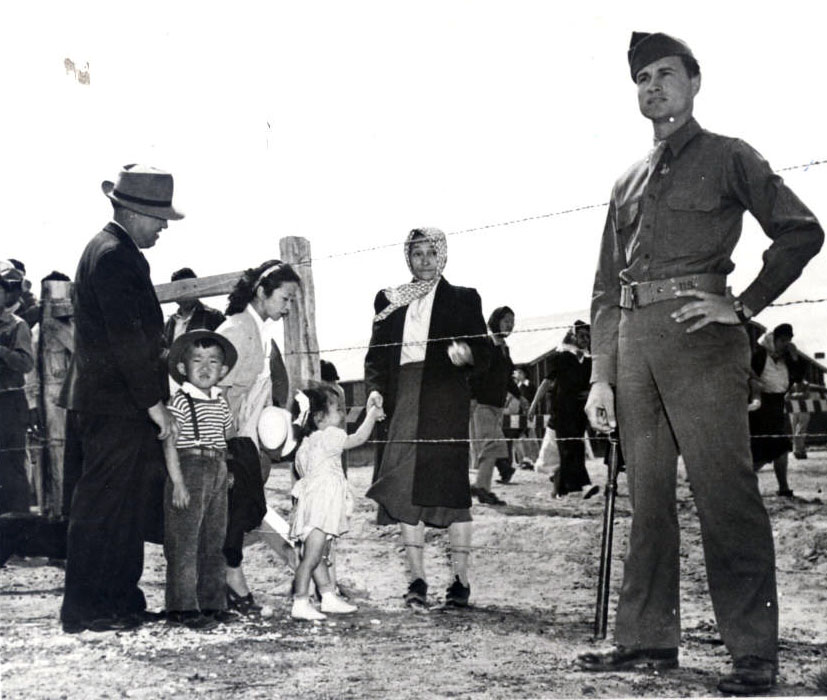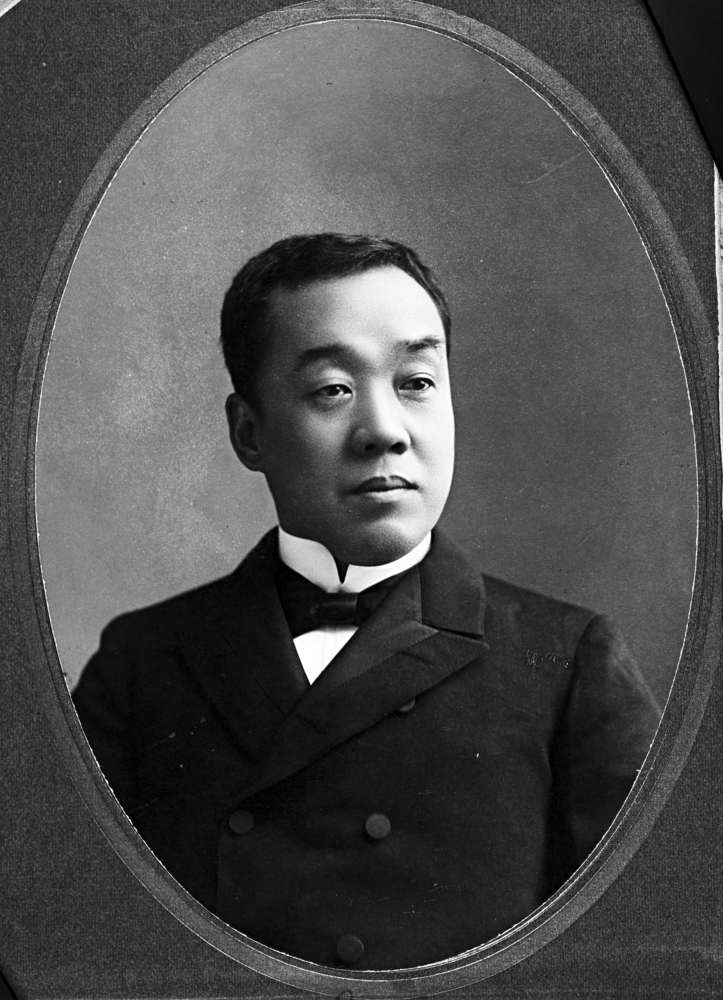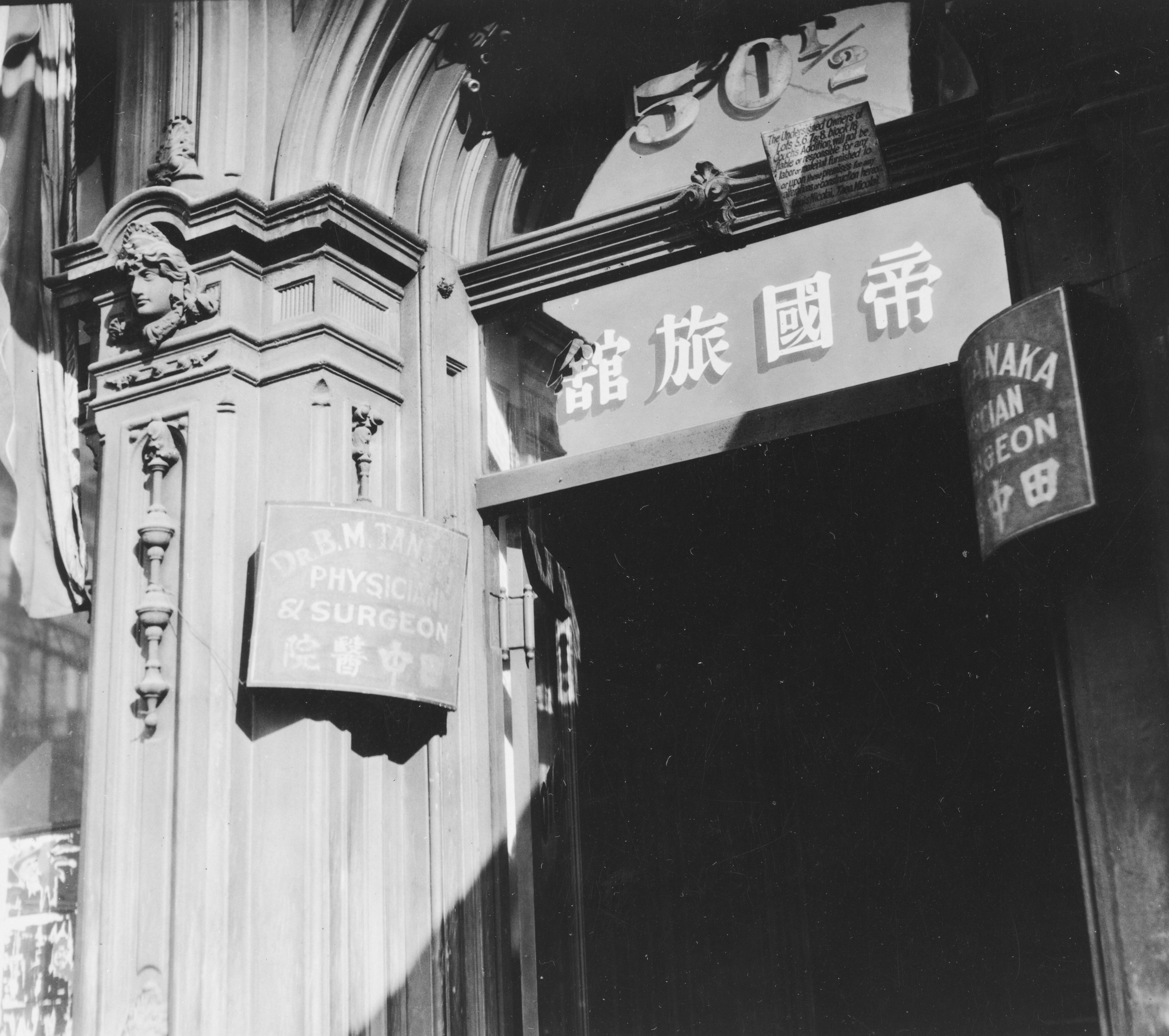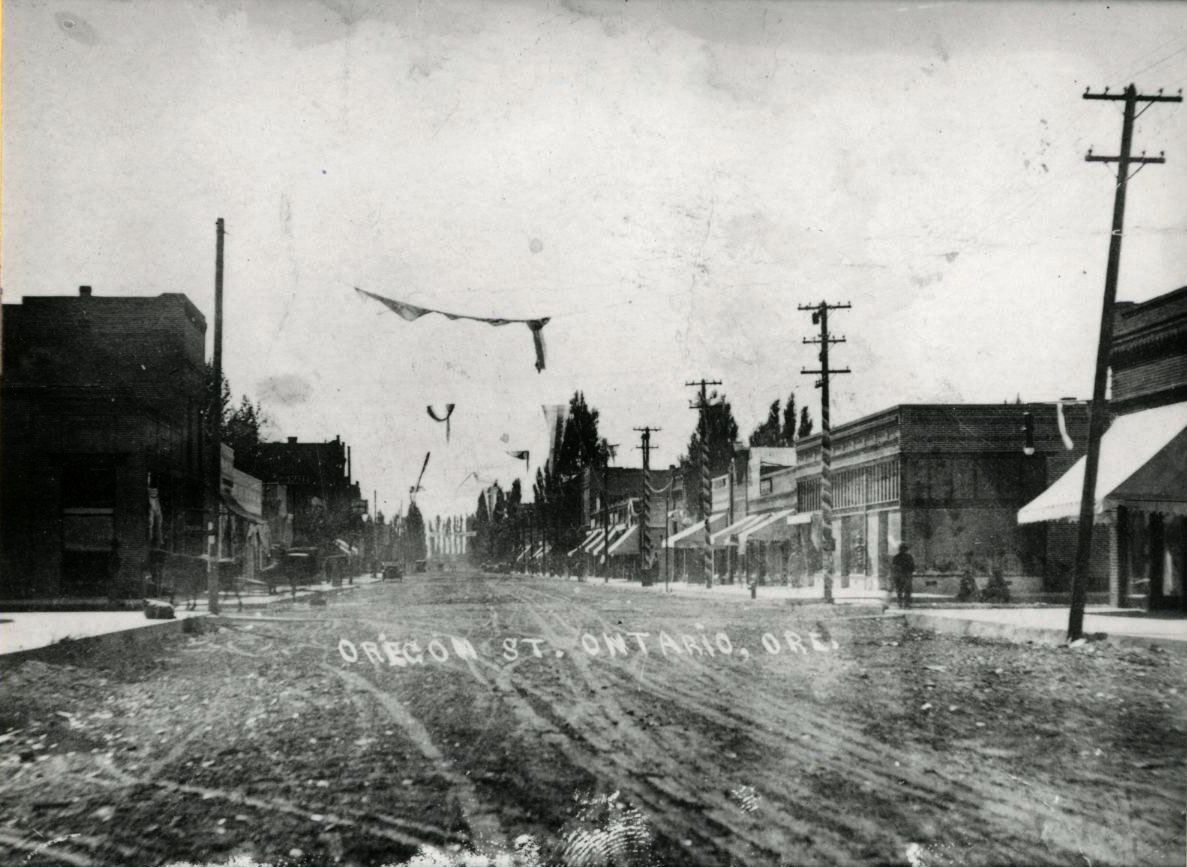Benjamin Tanaka was a prominent physician in Portland’s Japantown in the early twentieth century before he was imprisoned in a federal detention center during World War II. Following the war, he established a successful practice in Ontario, Oregon.
Benjamin Masayoshi Tanaka was born on the Island of Hawaii in 1887. His parents had been recruited from Japan to work on sugar cane and pineapple plantations. As a child of laborers, Tanaka could not attend school. While working in the plantations, he was beaten by the foreman when he was caught trying to teach himself to read.
With a strong desire for an education, Tanaka ran away from home when he was twelve years old. He lived for a time in Honolulu, before eventually finding his way to Spokane, Washington. A sympathetic woman assumed guardianship of the boy and enrolled him in public school. Eventually, Tanaka attended several colleges, including Spokane College, University of North Dakota, University of Iowa, and University of Wisconsin.
Tanaka first became interested in medicine when he was treated for appendicitis as a teenager. Lacking funds, he was refused treatment until a doctor offered to operate without charge, provided that Tanaka promised to show sympathy to those in need in the future.
In October 1918, with credits received from other institutions, Tanaka entered the University of Oregon Medical School as a junior. When he received his degree in June 1920, he was only the fourth person of Japanese heritage to graduate from the medical school. The first was Oishi Seinosuke, who received his degree in 1895.
Tanaka soon after established a practice in Portland’s Japantown, with an office on the second floor of the Merchant Hotel (now home to the Japanese American Museum of Oregon). His patients were primarily Japanese, and he became a respected and prominent member of the community.
In addition to medicine, one of Tanaka’s great interests was golf, and he organized the first Japanese golf club in the Northwest. He believed that golf was a gentlemanly sport that helped build character, and he felt it would help other Japanese become better citizens. Tanaka was also active with the Japanese-American Citizens’ League and served on the board of advisers in the 1930s.
Throughout the 1920s and 1930s, Tanaka continued his general practice, serving both Japanese and Caucasian patients. He held admitting privileges at Good Samaritan Hospital and Portland Adventist Hospital and became known especially for his treatment of pneumonia.
On the night of December 7, 1941, Tanaka was arrested by FBI agents, who knew about him because of his prominence in the community as a physician. Because he was born in Hawaii, which was not yet a state, he was considered an alien Japanese resident. He was held at the Multnomah County Jail before being transferred to a prisoner-of-war unit in Missoula, Montana, with other Japanese who were considered to be threats to the United States.
He was moved temporarily to an induction center in Fort Sill, Oklahoma, which was so short of physicians to process draftees that they utilized Tanaka as an examiner, despite his classification as a threat to national security. After being relocated to several other facilities, he was finally sent to Santa Fe, New Mexico, where he was imprisoned for the remainder of the war in a Civilian Conservation Corps camp that had been converted into a federal concentration camp. He was the head doctor of the prison hospital and was paid $21 a month for his work. He was released in 1946.
During the war, Tanaka’s wife and three children were interned in Minidoka in Idaho and for a time lived in Salt Lake City. Tanaka was reunited with his family in 1946, and they returned to Portland. No longer welcome by the city's medical community, the family settled in Ontario, where Tanaka established the Tanaka Clinic in 1958. The original doctors on staff included James Flanagan, an internist; Tanaka, a general practitioner; and Tanaka’s son Gus, a general surgeon. Gus went on to become the first minority elected president of the Oregon Medical Association in 1971.
Tanaka retired from the practice in 1971. The clinic continued until the property was purchased by Holy Rosary Medical Center, which continues to identify the property as the Tanaka Clinic.
Benjamin Tanaka died in 1975, at the age of eighty-eight.
-
![Benjamin A. Tanaka holding portrait of himself, 1948.]()
Tanaka, Benjamin, with others, 1948, bb008400.
Benjamin A. Tanaka holding portrait of himself, 1948. Oreg. Hist. Soc. Research Libr., bb008400
-
![Door to office of Dr. Benjamin Tanaka, NW 3rd St., Portland, about 1930.]()
Tanaka, Benjamin, Portland office, ca 1930, bb008363.
Door to office of Dr. Benjamin Tanaka, NW 3rd St., Portland, about 1930. Oreg. Hist. Soc. Research Libr., bb008363
Related Entries
-
![Augustus M. Tanaka (1923-2015)]()
Augustus M. Tanaka (1923-2015)
The son of immigrant parents, Augustus Masashi Tanaka served in the U.S…
-
![Japanese American Wartime Incarceration in Oregon]()
Japanese American Wartime Incarceration in Oregon
Masuo Yasui, together with many members of Hood River’s Japanese commun…
-
![Japanese Americans in Oregon]()
Japanese Americans in Oregon
Immigrants from the West Resting in the shade of the Gresham Pioneer C…
-
![Japantown, Portland (Nihonmachi)]()
Japantown, Portland (Nihonmachi)
Portland's Japantown, or Nihonmachi, is popularly described as having e…
-
![Ontario]()
Ontario
Ontario, the largest city in Malheur County, is on the Snake River near…
Related Historical Records
Map This on the Oregon History WayFinder
The Oregon History Wayfinder is an interactive map that identifies significant places, people, and events in Oregon history.
Further Reading
Simon, Neil H., director. Prisoners and Patriots: The Untold Story of Japanese Internment in Santa Fe, Mexico. Film. 2011.
Tanaka, Augustus. “Dr. Augustus M. ‘Gus’ and Mrs. Teruko ‘Teddy’ (Wada) Tanaka Family.” In Malheur Country History, Volume III. Edited by Malheur Country Historical Society, 256-257. Ontario, Ore.: Malheur County Historical Society, 2011.
Tanaka, Augustus. “Tanaka Clinic.” In Malheur Country History, Volume III. Malheur Country Historical Society, eds. Ontario, Ore.: Malheur Country Historical Society, 2011, pp. 15-16.

